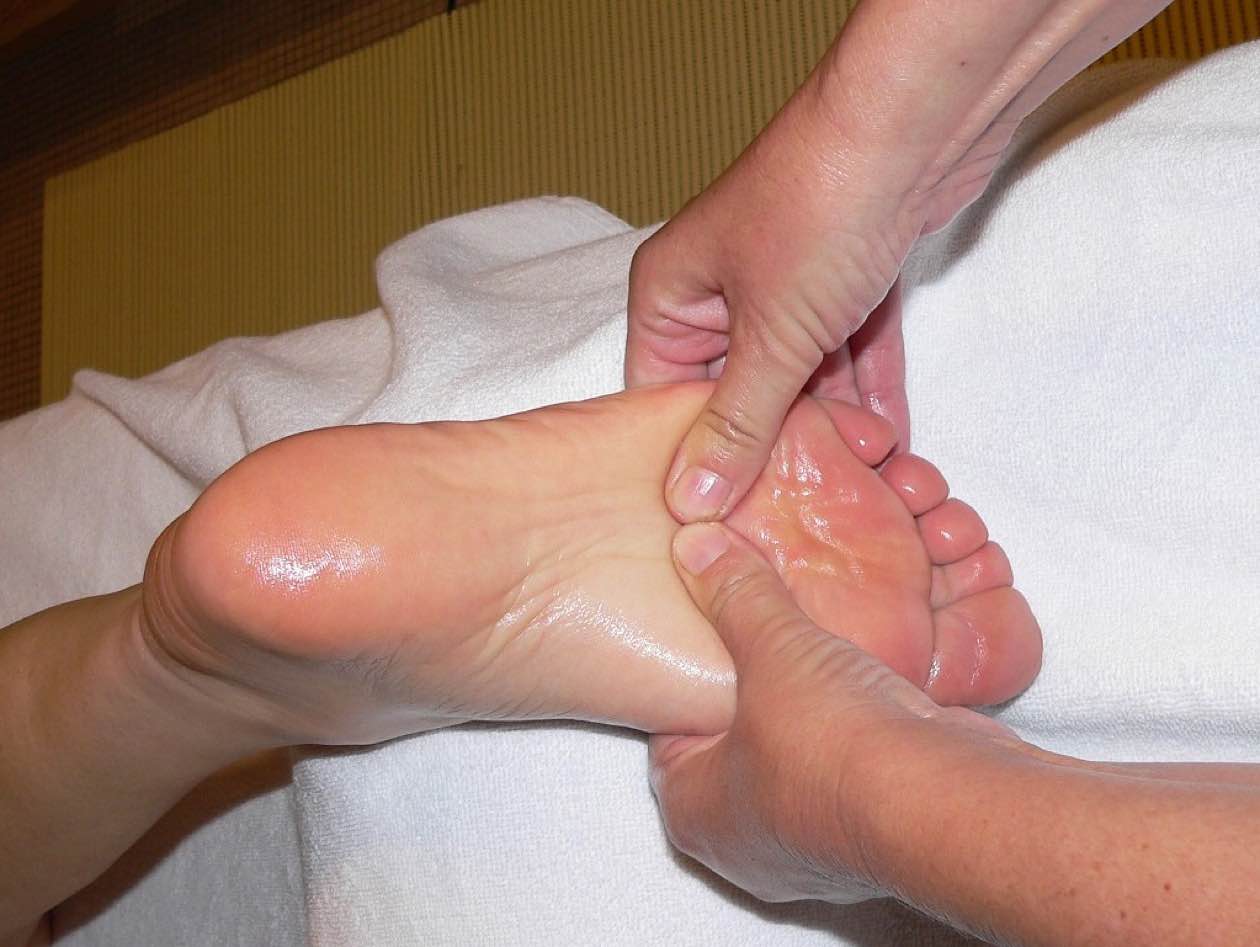
An ancient form of therapy enjoying a second wind, foot massage has been around for over 2,000 years old. What’s also called foot reflexology is described in classical medical texts, yet fits in well with modern concepts like ‘slow travel’ and ‘slow living’ (ideas better known in Taiwan as LOHAS, an acronym you may well see around the island – it stands for ‘lifestyles of health and sustainability’).
Contrary to what some people assume, foot massage isn’t holistic. Instead, each part of each foot is believed to be linked to a specific part of the human body. In many foot-massage parlours, charts of the right and left soles are displayed, and there are differences between the two sides, just as the human body is asymmetrical. The pressure points for the heart and spleen are on the right foot, while the actual organs are slightly to the left of each person’s midline. Pressure zones for the appendix and liver — located on the right side of the body — are on the left foot.
Zones relating to the lungs, stomach, pancreas, bladder and kidneys are in the same locations on both soles. The nose is linked to the outer side of both big toes, whereas a tiny spot on bottom of the left foot’s big toe connects with the pituitary gland. Problems with the anus or rectum are treated by manipulating an area near the right heel. Massaging the toes helps various parts of the head, including the ears, eyes and sinuses – and, some claim, the brain.
Taiwan is an excellent place to enjoy a foot massage. Not only is the therapy recognized by the government as a ‘folk remedy’, but a number of reflexology masters fled to the island after the Communist takeover of mainland China in 1949. Sessions are inexpensive, often costing less than NTD1,000 per hour. Parlours are easy to find in city centres; just look for a sign like the one shown above, or ask your hotel concierge.

In each parlour, the procedure is much the same. You’ll be asked to take off your shoes and socks, then shown to a barcalounger-type armchair. Before any massaging begins, you soak your feet in a small tub filled with herb-infused hot water. You may well be given a cup or two of Chinese tea and perhaps a small snack, all on the house.
The masseur – who’s likely had four to twelve months’ training, and may be male or female – dries your feet, then works on one foot at a time. This includes the calf down to the tips of your toes and involves quite a bit of lotion. The kneading is usually gentle to begin with, and if you worry things might get painful, memorize this Mandarin phrase: Xiao li yi dian — ‘not so hard, please!’ Whether you experience a gentle rub or a rigorous pummelling, you’ll likely agree — there are few better ways to conclude a long day of shopping and sightseeing!
Tailored Taiwan Private Tours
At Life of Taiwan, we specialise in catering to the needs of English-speaking and European visitors. Join our luxury tours or family tours of Taiwan for an unforgettable journey through Taiwan. Contact us today to plan your perfect Taiwan private tour.
